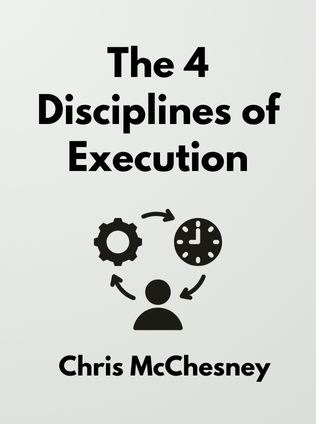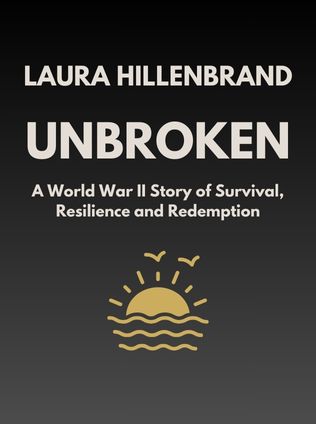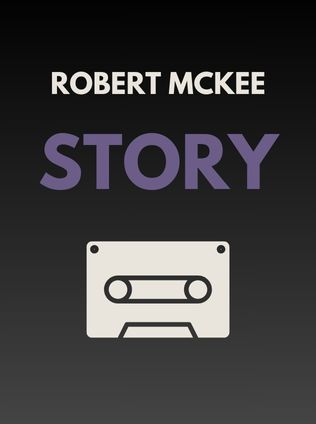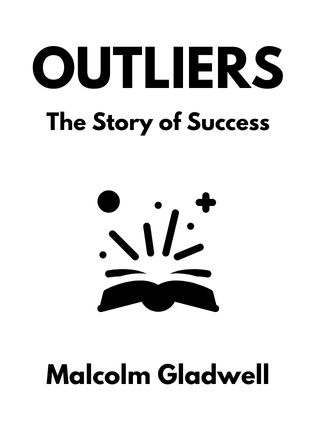
The 4 Disciplines of Execution
Achieving Your Wildly Important Goals
By Chris McChesney,
Published 04/2021
About the Author
Chris McChesney, Sean Covey, and Jim Huling are distinguished leaders in the realm of organizational development and leadership. Chris McChesney serves as the Global Practice Leader of Execution for FranklinCovey, specializing in helping organizations implement The 4 Disciplines of Execution (4DX). Sean Covey, known for his work in personal development, is the President of FranklinCovey Education and has authored several influential books, including "The 7 Habits of Highly Effective Teens." Jim Huling, the Global Managing Consultant for FranklinCovey’s 4 Disciplines of Execution, brings a wealth of experience in consulting and leadership. Together, they offer profound insights into achieving organizational goals through disciplined execution, making "The 4 Disciplines of Execution" a crucial resource for leaders worldwide.
Main Idea
"The 4 Disciplines of Execution" presents a proven methodology for achieving strategic goals amidst the daily pressures of organizational life. The authors introduce four essential disciplines: Focus on the Wildly Important, Act on the Lead Measures, Keep a Compelling Scoreboard, and Create a Cadence of Accountability. These disciplines provide a framework that enables organizations to focus on their most critical objectives, track progress, and maintain accountability. By implementing these principles, leaders can navigate the "whirlwind" of daily operations and drive meaningful results.
Table of Contents
- Learning 4DX
- Applying 4DX as a Leader of Leaders
- Applying 4DX as a Leader of a Frontline Team
- Sustaining 4DX Results and Engagement
Analyzing the Core Concepts
1. Focus on the Wildly Important
The first discipline, Focus on the Wildly Important, emphasizes the importance of concentrating on a single, critical goal—referred to as the Wildly Important Goal (WIG). This discipline is foundational, as it guides the allocation of resources and attention to what truly matters, avoiding the dilution of effort across multiple objectives. The authors argue that "the more you try to do, the less you actually accomplish," highlighting the need for clarity and focus.
For leaders, selecting a WIG requires careful consideration and alignment with the organization's broader strategic goals. The WIG should be specific, measurable, and capable of driving significant change. Leaders must communicate this goal clearly to ensure that all team members understand its importance and prioritize it accordingly. This clarity of focus helps to counteract the distracting effects of the whirlwind—the day-to-day tasks that consume most of the team's time and energy.
"The key to achieving real results is to focus on what matters most." - Chris McChesney
WIGs include:
Sign up for FREE and get access to 1,400+ books summaries.
You May Also Like
The Subtle Art of Not Giving a F*ck
A Counterintuitive Approach to Living a Good Life
By Mark MansonRich Dad Poor Dad
What the Rich Teach Their Kids About Money - That the Poor and Middle Class Do Not!
By Robert T. KiyosakiHow To Win Friends and Influence People
The All-Time Classic Manual Of People Skills
By Dale CarnegieQuiet: The Power of Introverts
The Power of Introverts in a World That Can't Stop Talking
By Susan Cain



















